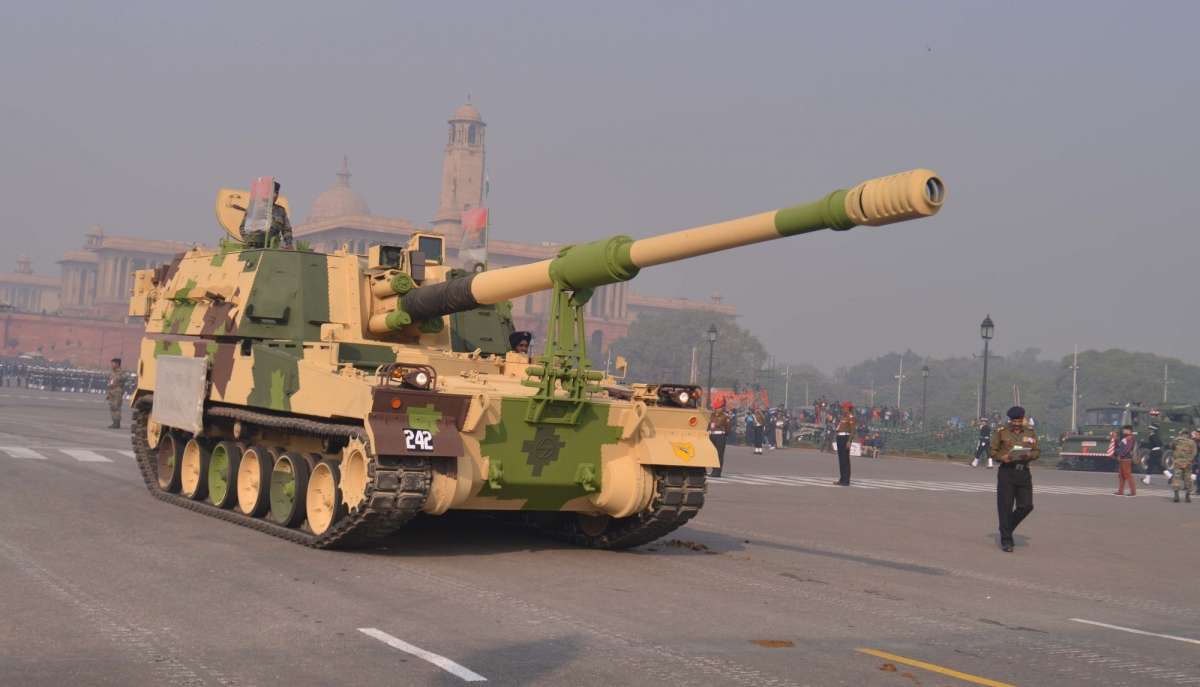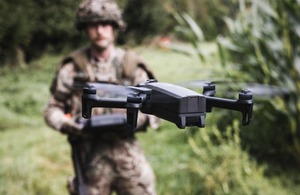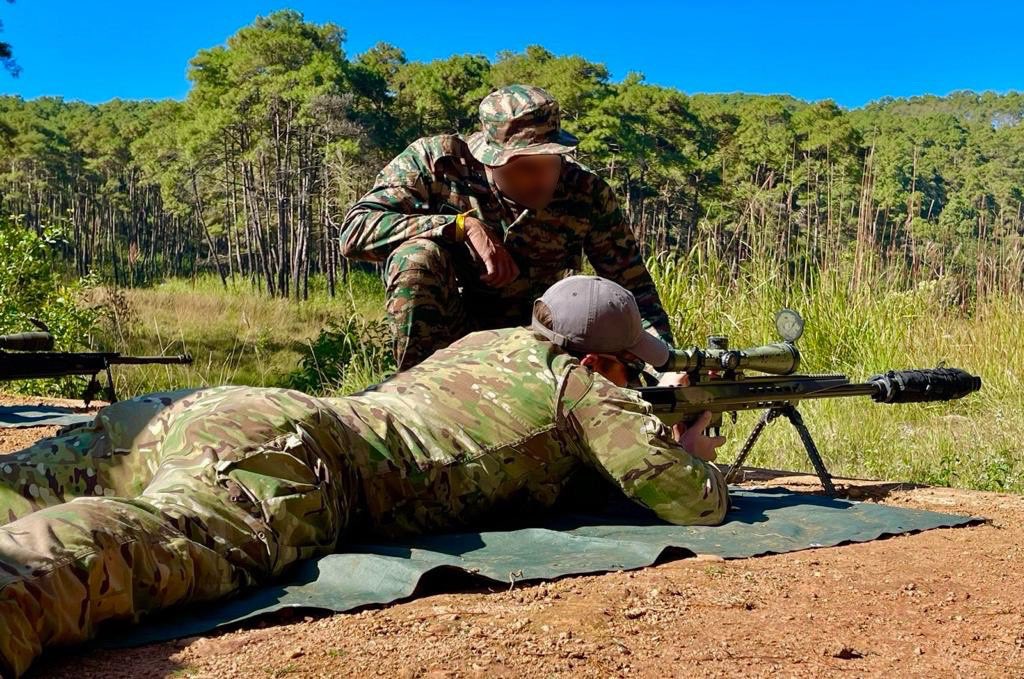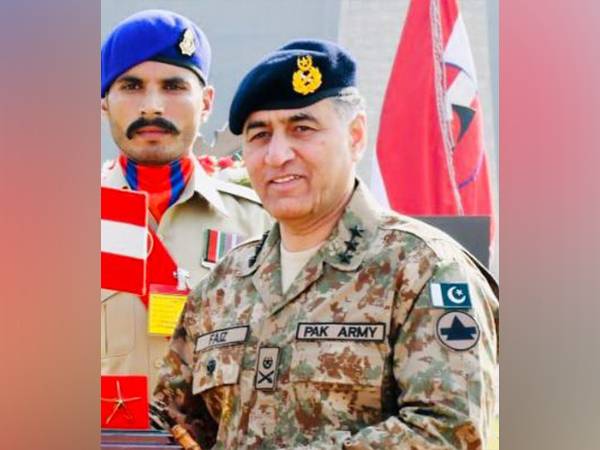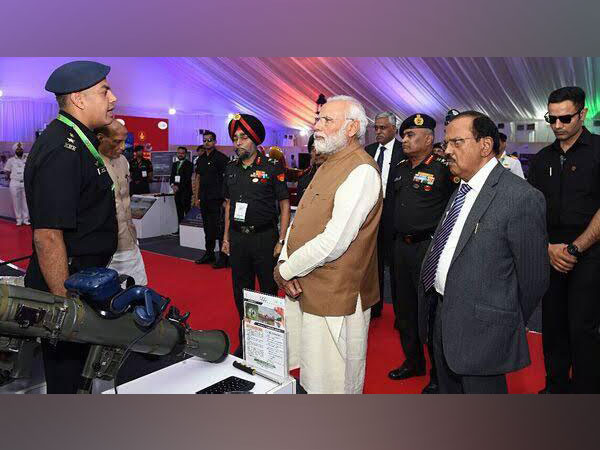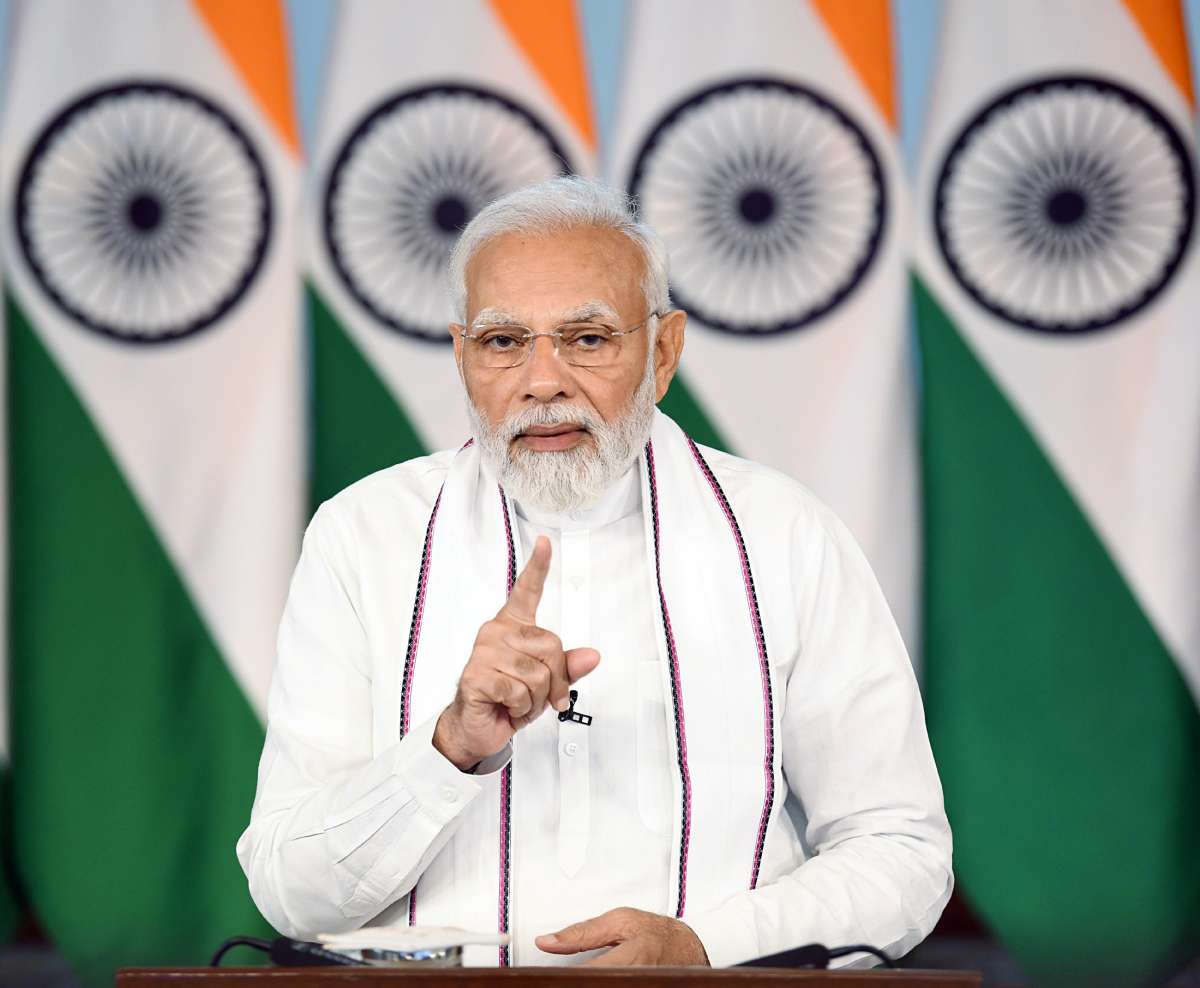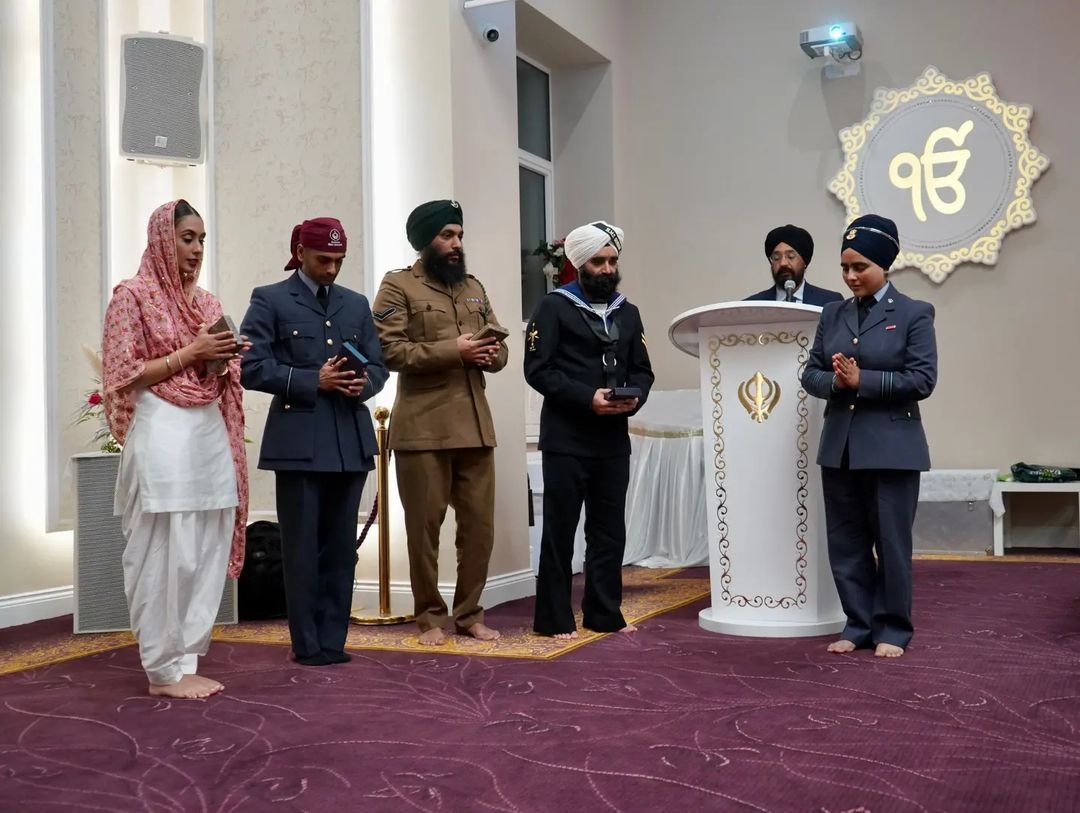The increased spending exactly matched the global rate of inflation of 6.8 percent, so it doesn’t necessarily translate into greater military efficacy everywhere…reports Asian Lite News
The world spent $2.4 trillion on military forces last year, the highest amount ever recorded by the Stockholm International Peace Research Institute (SIPRI).
SIPRI has been monitoring military expenditures since 1949 and found in its annual report released on Monday that in 2023 they rose to 2.3 percent of the global gross domestic product (GDP) from 2.2 percent the year before.
It meant that every man, woman and child on the planet was taxed an average of $306 for military spending last year – the highest rate since the Cold War.
The increased spending exactly matched the global rate of inflation of 6.8 percent, so it doesn’t necessarily translate into greater military efficacy everywhere.
But as SIPRI said, spending was not evenly spread out because “world military expenditure is highly concentrated among a very small group of states”.
The United States remained the biggest spender at $916bn, representing 37 percent of the world’s military outlays. China came second with an estimated $296bn.
Russia was third at $109bn although SIPRI considers this an underestimation “due to the increasing opaqueness of Russian financial authorities since the full-scale invasion of Ukraine in 2022”. India came fourth at $83.6bn.
The rate of increase in military spending was also uneven with European budgets ballooning due to the war in Ukraine.
The belligerents
Ukraine increased its defence spending by 51 percent to $64.8bn – not including $35bn in military donations from allies. That meant it was devoting 37 percent of its GDP and nearly 60 percent of all government spending to defence, SIPRI said.
Despite financial aid from Europe, the US and the International Monetary Fund, this was a remarkable feat given that Ukraine lost seven million taxpayers and, according to World Bank figures, a fifth of its economic output in 2022, the first year of the war.
The toll on Russian society was far lower.
Last year, Russia increased military spending by 24 percent to 6.9 percent of its GDP and 16 percent of all government spending. Even though this was the largest defence budget since the Soviet Union was dissolved three decades ago, Russia’s economy also grew by almost 22 percent, thanks to high energy export revenues, lending resilience to its economy.
Russia had already increased its military spending by 9 percent in 2022. The fact that it then budgeted a 21 percent increase in 2023 and actually increased spending by 24 percent suggests that it was continually surprised by the length of the war and the toll of Ukrainian resistance on its armed forces.
Its 2024 budget plans an even bigger increase – 70 percent on defence and security spending – to $157bn, the Reuters news agency reported
Hamas’s attacks on southern Israel on October 7 and Israel’s war in Gaza led to a massive 24 percent defence budget increase in Israel last year to $27.5bn, or 5.3 percent of its GDP.
Saudi Arabia also significantly increased spending.
The two countries contributed to a 9 percent defence budget increase in the Middle East last year, the biggest annual increase in a decade. The Middle East also bears the biggest military burden in the world as a percentage of GDP. At 4.2 percent, it is nearly double the world average.
A transformation in Europe
Russia’s full-scale war in Ukraine led Europe’s NATO members to increase military budgets by 16 percent last year to $588bn. This meant they were spending an average of 2.8 percent of GDP on defence, SIPRI said, surpassing the 2 percent threshold NATO set in 2014, although that level of spending wasn’t shared by all members.
This has led to some spectacular increases on the continent.
Poland led the pack with a 75 percent increase last year, pouring 3.9 percent of its GDP into defence. This was partly to pay for a comprehensive $2bn defence modernisation programme of its armed forces under US guidance but also to massively overhaul and increase its arsenal.
Since Russia invaded Ukraine, Poland has ordered 500 HIMARS rocket launchers from Lockheed Martin, 250 Abrams tanks from General Dynamics as well as rocket launchers, tanks, howitzers and fighter jets from South Korea. In 2020, it signed a $4.6bn deal for F-35 multirole fighter jets from Lockheed Martin.
Finland, which shares NATO’s longest border with Russia, also massively upped defence spending by 54 percent, to 2.4 percent of its GDP. It, too, bought the F-35 as its next generation jet as well as air defence systems, tripling procurement spending in a year.
Other Northern European and Baltic Sea states have massively increased spending in the past year with the United Kingdom leading the region with a 7.9 percent increase last year.
ALSO READ-‘Israel-style iron dome defence system needed in UK’

